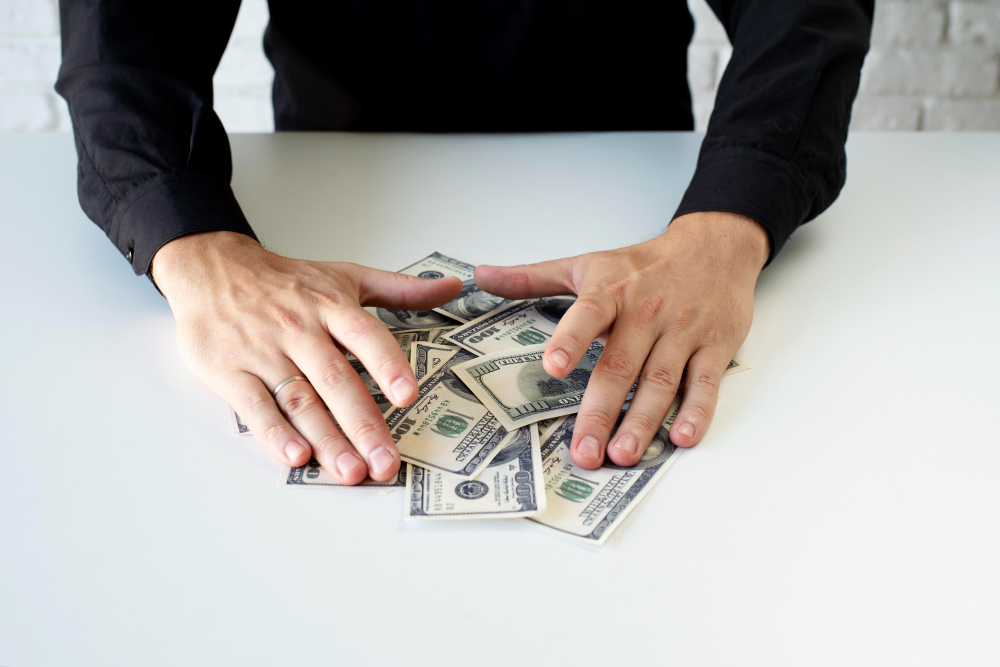
Money laundering is a deliberate and complex process used to disguise the origins of money obtained from illicit activities such as drug trafficking, bribery, or fraud. The goal is to integrate these illicit funds into the financial system as “clean” money, enabling criminals to use it without attracting unwanted attention. The process unfolds in three primary stages: placement, layering, and integration.
Note: The further into the process the dirty money gets, the harder it is to detect.
Stage 1: Placement
Placement is the initial stage where illicit funds are introduced into the financial system. It is during this stage that money launderers are most vulnerable. Launderers often employ several tactics to introduce large amounts of cash without raising suspicion.
- Smurfing: Breaking down large sums into smaller cash deposits to avoid detection thresholds.
- False Invoicing: Over-invoicing or pseudo-invoicing for non-existent goods or services.
- Purchasing Financial Instruments: Buying foreign currency, securities, or insurance with cash.
- Gambling: Converting cash into chips in casinos and then cashing out.
The best opportunity to stop money laundering is during this stage.
Stage 2: Layering
Layering is the process of obscuring the origins of illicit money through a series of complex transactions. This stage is designed to make it difficult for authorities to trace the money back to its illegal source. Techniques used in this phase include:
- Buying and Selling Luxurious Goods: Purchasing and selling high-value items such as real estate, jewellery, and art.
- Complex International Transfers: Conducting multiple transactions across different jurisdictions, particularly those with loose AML regulations.
- Chain-Hopping: Converting one cryptocurrency to another and moving crypto across different blockchains.
The goal of layering is to create a convoluted paper trail that conceals the true origin of the money, often involving jurisdictions that do not cooperate with AML investigations. The more layers created, the more countries and assets involved, the harder it becomes to follow the money trail.
Stage 3: Integration
Integration is the final stage where the laundered money is reintegrated into the legitimate economy. By this stage, the money appears clean and can be used without arousing suspicion. Common integration methods include:
- Selling Luxury Items: Disposing of high-value items purchased during the layering stage.
- Shell Company Transactions: Using shell companies for fake payroll payouts, loan disbursements to directors, or dividends to shareholders.
- Investing in Legitimate Ventures: Placing laundered funds into genuine businesses or financial products.
If successful, the funds are now part of the legitimate financial system and can be used freely, without drawing the attention of law enforcement.
The Impact of Money Laundering
Money laundering has far-reaching consequences for both businesses and the broader economy. Some of the negative impacts include:
- Loss of Revenue: Businesses may suffer financially due to the involvement in money laundering activities.
- Reputational Damage: Companies implicated in money laundering can face severe damage to their reputation.
- Regulatory Penalties: Firms can incur multimillion-dollar fines or have their licenses suspended by regulators.
On a socio-economic level, money laundering fuels corruption, increases crime, undermines trust in financial systems, widens economic disparities, and slows economic growth.
Conclusion
Money laundering is a sophisticated and evolving threat that undermines the integrity of financial systems worldwide. Understanding the three stages of money laundering—placement, layering, and integration—is crucial for authorities and businesses to detect and prevent these activities. By staying vigilant and adopting robust AML practices, we can work towards mitigating the impact of this crime.